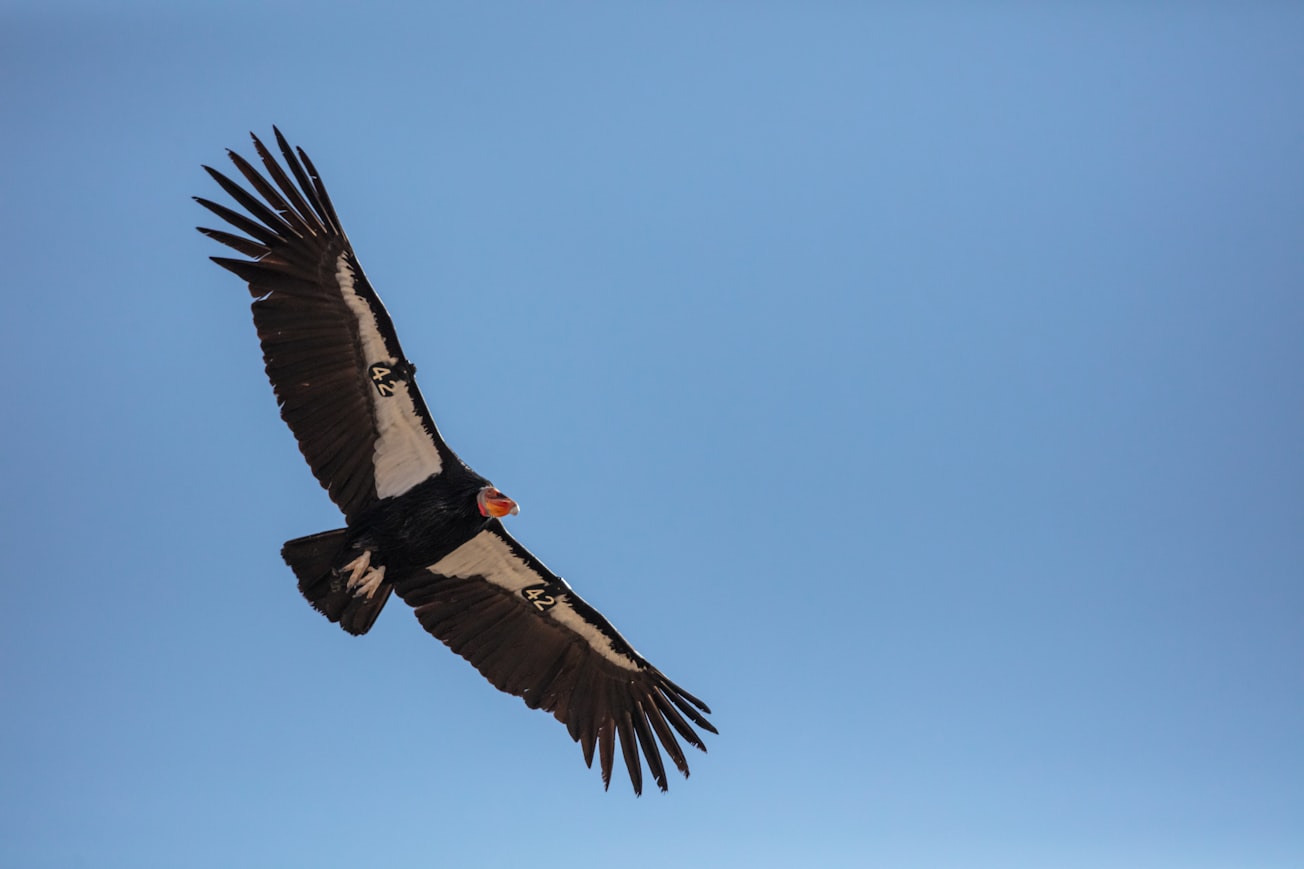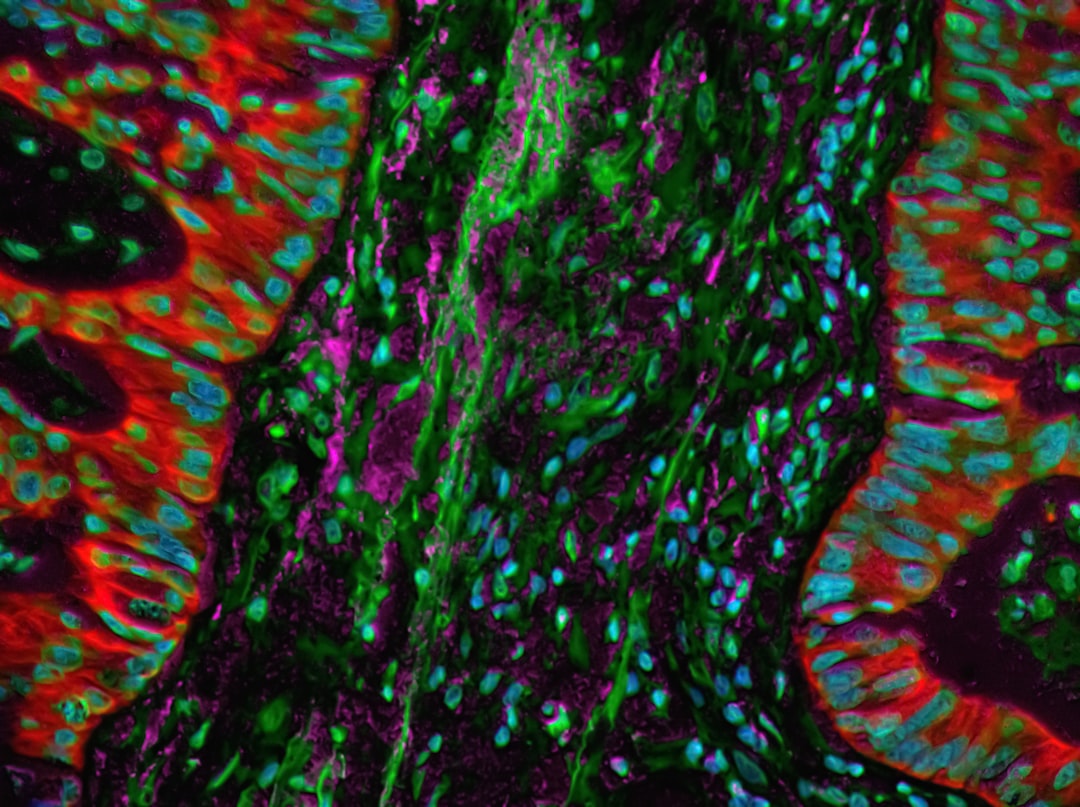What is it about?
Scavenging birds have a distinct digestive process to deal with higher amounts of bacteria in their primary diet of carcasses in varying levels of decay. We measured the bacterial microbiome of captive and healthy California condor (Gymnogyps californianus) to characterize a population raised together and under similar conditions. Shotgun metagenomic DNA sequences were analyzed from fecal and cloacal samples of captive birds. Classification of three types of samples: fecal, mature cloacal and immature cloacal, with immature birds having approximately 40% higher diversity of microbes.
Featured Image

Photo by Patrick Hendry on Unsplash
Why is it important?
Understanding variability in the microbiome in animals that have been raised together provides and important baseline to compare to wild California Condors that could be used to assess the health and condition of the birds. In addition, it allowed for an opportunity to investigated the development of healthy microbiomes from juveniles to adults.
Perspectives
Rarely is there such an opportunity to study the health and condition of an endangered species. My hope is that these data can provide a baseline comparison to when the wild condors of western North America are captured each year and microbiome sequenced and analyzed.
Jeanne Fair
Los Alamos National Laboratory
Read the Original
This page is a summary of: California condor microbiomes: Bacterial variety and functional properties in captive-bred individuals, PLoS ONE, December 2019, PLOS,
DOI: 10.1371/journal.pone.0225858.
You can read the full text:
Contributors
The following have contributed to this page










